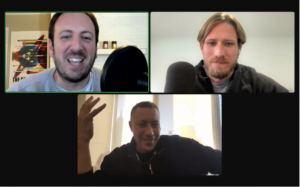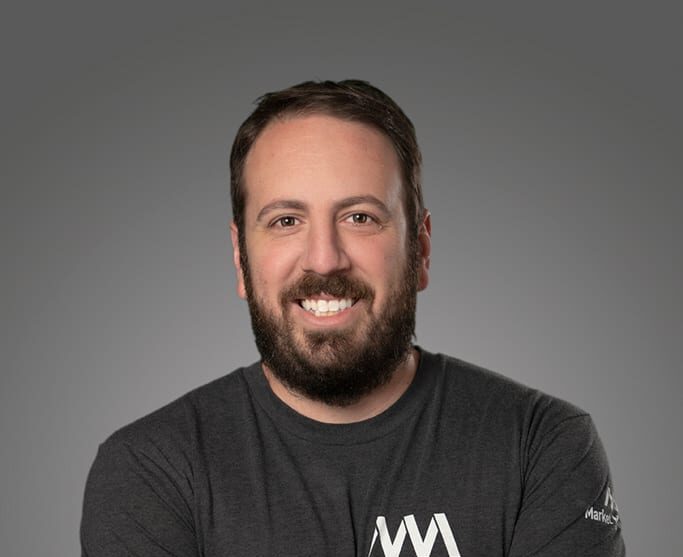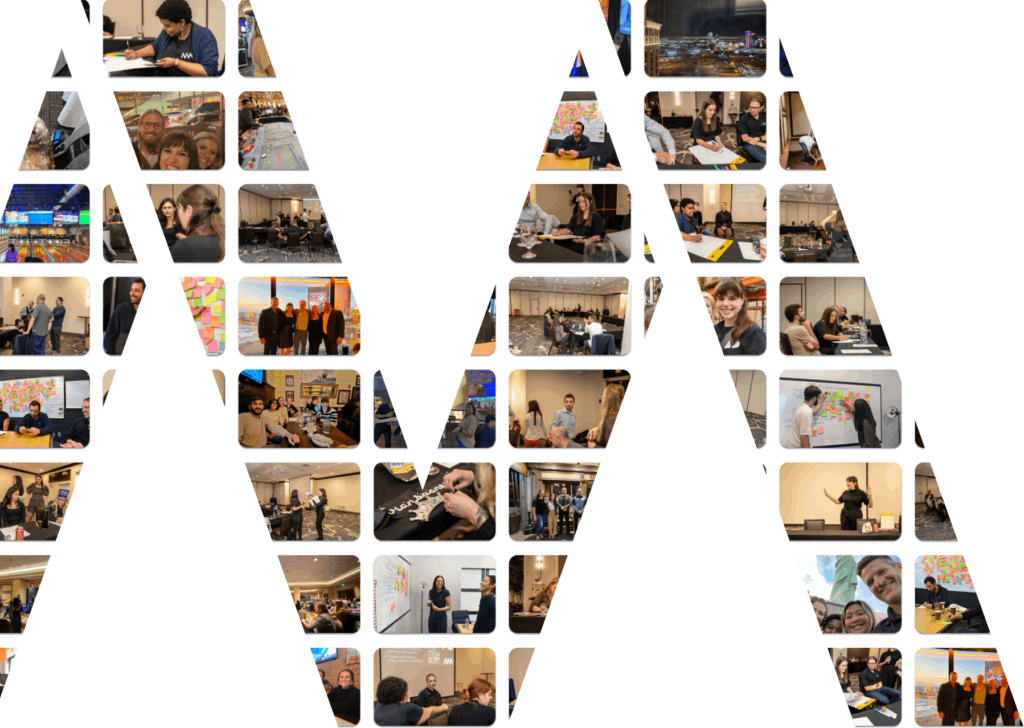The Medici Effect was one of my favorite non-fiction books of 2021. In the book, Frans Johansson talks to us about “Intersectional Ideas”, or when diverse industries, cultures, and disciplines that seem otherwise completely unrelated intersect to create something completely new and innovative. Since creating an entirely new industry, culture, or discipline is revolutionary or incomprehensibly expensive or time-consuming, intersectional ideas allow us to meld what exists into something that is still objectively brand new and groundbreaking. If we look back to recent decades, there are only a few completely new industries and disciplines: The Internet and Cryptocurrency (which is an intersectional idea of cryptography and currency) are a couple of brief examples.
into something that is still objectively brand new and groundbreaking. If we look back to recent decades, there are only a few completely new industries and disciplines: The Internet and Cryptocurrency (which is an intersectional idea of cryptography and currency) are a couple of brief examples.
What I love about this concept is that its precedence seems like a no-brainer for conceptualizing an approach to innovation. What is great is that it is already occurring in the legal industry and can easily continue to do so. Law and AI are intersecting to help judges use big data to assist with criminal and civil judgments. Law and Blockchain are intersecting to create the future of secure contracts and wills. These concepts alone lay the groundwork for even bigger changes to come in laws and legislation.
We had the honor of interviewing Mr. Johansson on The Legal Mastermind Podcast. Though the podcast will drop in about a month, I am not patient enough to start providing the details of the interview, so I have provided a transcription of some of the topics we went over in the podcast. These are word for word with minimal edits for transcribed grammar, spelling, and clarity. Hope you will enjoy the ideas and wisdom as much as I did.
On Innovation
“And the core central point in the book that I wrote, The Medici Effect, and I also wrote it a sequel called The Click Moment, but the core of those ideas is really that we have the best shot at innovating at the intersection of different fields, cultures, industries, perspectives, backgrounds. It is when we are able to come together to disparate concepts and find a way to make them connect that we have a sort of really upping the game on it. And I can give you an example, and this is an extent that I like to give to organizations like law firms. So, there is this hospital in Cambridge, in the UK, and they have a problem. And the issue that they have is that when they transfer patients from the Surgical Unit to the Intensive Care Unit, you have two separate teams working on this patient.
But because of that, there is some types of lack of collaboration, a lack of coordination and when that happens, there are flaws or errors introduced, and sometimes those errors are fatal. So now the hospitals trying to solve this problem. Now, what would be the obvious thing for the hospital to do? It would be to reach out to other hospitals and say, “How have you solved this problem? What have you done? What are best practices?” But they did not. Instead, they teamed up with a Pitstop crew from a firm of car racing team from McLaren actually. And they said, “How do you as a Pitstop crew, think about collaboration, about coordination, and are there lessons that we can borrow from that? Are there concepts, processes, ideas?” And it turns out that they were, and they start to really drop this error, bring it down. And so now the Pitstop Model became one that started spreading the hospitals around the world. This is I what mean by bringing it together to disparate fields, formula one and hospitals or healthcare and through that developing something new, something innovative.”
On Random or “Silly” Ideas Developing into the Next Big Thing
“It is very rare that an idea is baked and not only baked, but it is obvious to how this idea can be game changing. And so even as you say that, even as you take your idea and you are sharing and you are talking about how to actually make that happen, whether it’s good or not, the key is that idea can lead to other ideas. And if you are trying it, if you start putting in practice, you start realizing other pieces of this puzzle that you did not see or do before and this gets to the second part of innovation. I talk a lot about this in my second book, The Click Moment. But so much of innovation is in the act of doing, it is not just coming out of the perfect idea because as I said, you are even able to tell when you see it is in the act of the doing, of trying, of testing, of experimenting. I have something, I would like to try something different. And when you do that, it may, may not work out, but in either way, you are likely to think of new things simply because you did that one thing. It is the thing that gets you to the thing.”
On Diversity Leading to Innovative Environments
“So first let me take a moment here to first define what we mean by diversity and certainly in our company. We have sort of four dimensions of diversity that we classify. The first one is who you are. So that is your gender, your race, your age, your sexual orientation and so on. The second one is what you do. That is your education, your function, your industry and so on. The third one is how you do it. That is your, are you extroverted? Are you introverted? This loss of other types of neural diversity dimension stuff beginning to learn about now and the fourth one is with whom do you, do it? And that with whom part has to do with the networks that you built in your community, in your industry, in your company. And so, these are the four dimensions that we find are really effective to think about in a work context.
So now, now that you have these four, you can start asking yourself, “Well, where are we strong or where are we weak on the diversity? Like are we able to bring together people from different else or industries or, or different sectors even, or can we bring in people from different backgrounds, whether it has to do with their age or gender or race, or do we have some sort of mix of an extroverted, introvert?” So, what, what that really gives you is a way of thinking about where’s the Delta of the biggest, if you will, where do we have some of our greatest challenges and it can help you start thinking about how you can fill in that diversity along some of those dimensions.”
Stay tuned with The Legal Mastermind Podcast, as this podcast will be dropping as Episode 150 on April 4th, 2022.

The ongoing digital revolution is transforming the way that all businesses interact with clients and customers. Consumers rely heavily on digital channels for researching products and services and expect to make buying choices with the swipe of a finger. For organizations that want to remain competitive, having a defined digital marketing strategy and execution plan is essential for successful outcomes. With a demonstrated history of creating and implementing strategic digital marketing initiatives that drive growth, I am committed to delivering real, measurable results for my clients.


